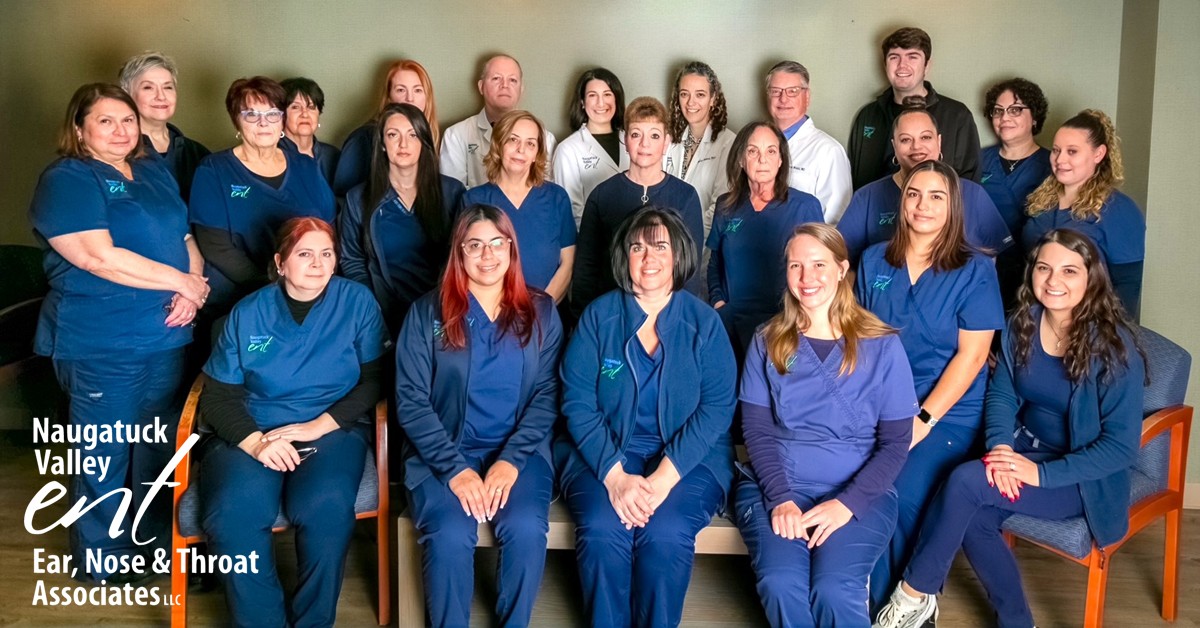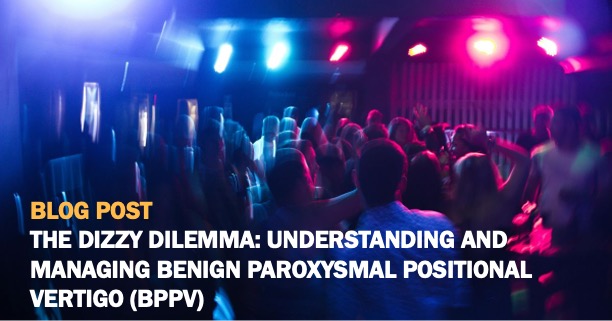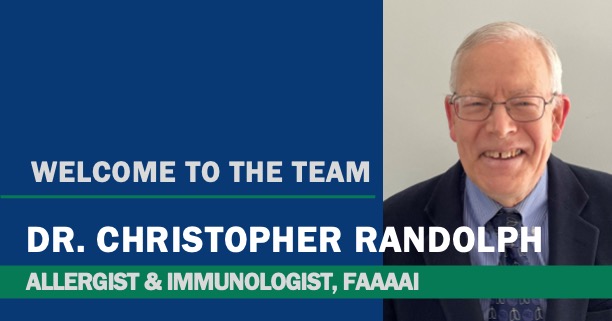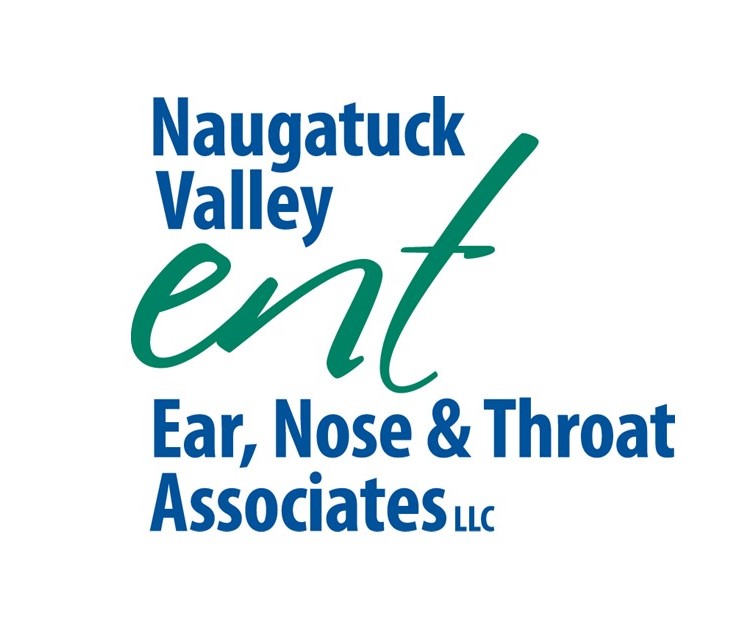Sinus Headaches Unraveled: A Comprehensive Guide to Relief in Cheshire, CT
Introduction
Sinus headaches are a common ailment that affects millions worldwide, often causing discomfort and disruption to daily life. However, understanding the root cause of these headaches and distinguishing them from other types of headaches is crucial for effective management and relief. In this comprehensive guide, we’ll delve into the intricacies of sinus headaches, exploring their symptoms, diagnosis, treatment options, and tips for prevention.
Understanding Sinus Headaches
Not all headaches are created equal, and sinus headaches are a prime example of this diversity. While many individuals associate sinus pain with congestion and pressure in the face, it’s essential to recognize that not all facial discomfort stems from sinus issues. In fact, studies have shown that a significant portion of individuals who self-diagnose sinus headaches actually have migraines or tension headaches.
Symptoms of sinus headaches can mimic those of migraines or tension headaches, leading to confusion and misdiagnosis. Facial pain, pressure, nasal congestion, and runny nose are common indicators of sinus involvement, but these symptoms alone do not necessarily signify a sinus disorder. Understanding the nuances of each type of headache can help individuals seek appropriate treatment and find relief more effectively.
Diagnosis and Treatment Options
Accurately diagnosing sinus headaches requires a comprehensive evaluation by a healthcare professional, often involving a thorough medical history, physical examination, and, in some cases, imaging studies. Migraines, tension headaches, and other potential causes of facial pain must be ruled out to ensure proper management of symptoms.
Once diagnosed, treatment options for sinus headaches vary depending on the severity and frequency of symptoms. Over-the-counter pain medications such as ibuprofen or acetaminophen can provide temporary relief, but they should be used judiciously to avoid rebound headaches. For individuals with frequent or severe headaches, prescription medications and preventive therapies may be recommended to reduce the frequency and intensity of symptoms.
In addition to pharmacological interventions, lifestyle modifications can play a significant role in managing sinus headaches. Identifying and avoiding triggers such as allergens, certain foods, or environmental factors can help minimize the occurrence of headaches. Maintaining good sleep hygiene, managing stress levels, and staying hydrated are also essential components of a holistic approach to headache management.
Prevention and Long-Term Management
Preventing sinus headaches often involves a multifaceted approach that addresses both symptomatic relief and underlying triggers. By adopting healthy lifestyle habits, managing stress effectively, and seeking prompt medical attention when necessary, individuals can take proactive steps to minimize the impact of sinus headaches on their daily lives.
Furthermore, ongoing communication with healthcare providers is crucial for long-term management of sinus headaches. Regular check-ups, open dialogue about treatment effectiveness, and adjustments to medication regimens as needed can help individuals achieve optimal symptom control and improve their quality of life.
Conclusion
Sinus headaches can be a source of considerable discomfort and frustration, but they are not insurmountable. By gaining a deeper understanding of the underlying causes of sinus pain, seeking timely and accurate diagnosis, and exploring a variety of treatment options, individuals can find relief and reclaim control over their lives. With proper management strategies in place, sinus headaches no longer have to dictate the course of each day, allowing individuals to thrive and flourish despite the occasional headache.
Sinus and Nasal Condition Services at Naugatuck Valley ENT
Our noses facilitate breathing by helping to keep out potentially harmful dirt, allergens, and other agents. Our noses and sinuses can become infected or inflamed making breathing uncomfortable or difficult. Learn more about some of the common sinus and nasal conditions Naugatuck Valley ENT can diagnose and treat.
- Deviated Septum is condition when the nasal septum that is off-center. The nasal septum is the bone and cartilage that divides the inside of the nose in half. The bone and cartilage are covered by a special skin called a mucous membrane that has many blood vessels in it. Ideally, the left and right nasal passageways are equal in size. However, it is estimated that as many as 80 percent of people have a nasal septum that is off-center.
- Fungal Sinusitis is a broad term used to describe various situations when fungus might be involved in the cause or symptoms of nasal and sinus inflammation. Fungus is an entirely separate “kingdom” from plants and animals; they are plant-like but cannot create their own food like plants do.
- Geriatric Rhinitis is an inflammation of the mucous membranes or lining of the nasal cavity. Patients with geriatric rhinitis may have nasal obstruction or congestion, runny nose or post-nasal drip, itchy nose, sneezing, and/or nasal dryness or crusting.
- Nasal Fractures or broken noses, may result from facial injuries in contact sports or falls. Injuries affecting the teeth and mouth may also affect the nose. If you’ve been struck in the nose, it’s important to see a physician to check for septal hematoma.
- Nosebleeds (called epistaxis) are caused when tiny blood vessels in the nose break. Nosebleeds are very common and affect many people at some point in their lives. About 60 percent of people will experience a nosebleed in their lifetime, typically while young children and over the age of 50.
- Sinus Headaches Not every headache is the result of sinus and nasal passage problems as the headache might actually be a migraine or tension headache. The confusion is common, as a migraine can cause irritation of the “trigeminal,” or fifth cranial nerve, a nerve with branches in the forehead, cheeks, and jaw. This may produce pain and nasal symptoms in or near the sinus cavity.
- Sinusitis is usually has symptoms of discolored nasal drainage and blockage hang around for more than 10 days. Sinuses are hollow spaces in the bones around the nose that connect to the nose through small, narrow channels. Sinusitis, also called rhinosinusitis because the symptoms involve both the nose and the sinuses, affects about one in eight adults annually.

A Season of Gratitude | A Holiday Message from Naugatuck Valley ENT

Straightening Out the Facts About Deviated Septum in Hamden, CT

The Important Role Hydration Plays in Your ENT Health in New Britain, CT

What Your Voice Says About Your Health in Watertown, CT

Breathe Easier Again | Understanding Turbinate Hypertrophy in Prospect, CT

Say Goodbye to Seasonal Allergies and Hello to the Great Outdoors in Bristol, CT

Tonsils & Adenoids | When These Tiny Defenders Become a Big Problem in Wolcott, CT

Easing Doctor Visit Anxiety in Kids in Thomaston, CT

Understanding Sinusitis | When a Cold Doesn’t Go Away in Ansonia, CT

Ear Candling | Wellness Trend or Wax Trap in Middlebury, CT

Hyposmia and Anosmia Explained | What Happens When You Can’t Smell in Southbury, CT

More Than Just a Nuisance | What Snoring is Really Telling You in Seymour, CT

When Swallowing Gets Tough | Aging and Dysphagia in Wallingford, CT

Noise Damage: The Hidden Dangers of Everyday Noises in Oxford, CT

When a Sore Throat Isn’t Just a Sore Throat: Causes, Symptoms & When to Seek Help in Cheshire, CT

Sense of Smell | The Science of Smell and How Your Nose Shapes Your World in Waterbury, CT

Sialadenitis: What You Need to Know About This Painful Salivary Gland Condition in Bristol, CT

Listen to Your Ears, Nose and Throat | 10 Signs You Should See an ENT in Waterbury, CT

Drip, Drip, Hooray? Not Quite. What to Know About Post-Nasal Drip in Beacon Falls, CT

Understanding Nosebleeds: Causes, Care, and Prevention in Thomaston, CT

How to Recognize and Treat Dehydration in Winter in Derby, CT

Living with Hyperacusis: Understanding and Managing Sensitive Hearing in Plymouth, CT

How to Protect Your Voice During Cold and Flu Season in Wolcott, CT

Understanding GERD and LPR: Key Differences, Symptoms, and Solutions for Lasting Relief in Wolcott, CT

The Sticky Truth About Earwax in Ansonia, CT | When to Clean, When to Leave It Alone, and When to See a Doctor

Protecting Your Ears at Altitude from Barotrauma: Tips for Air Travel and Diving in Middlebury, CT

Preventing Cognitive Decline: How Hearing Aids May Help Older Adults

Understanding Dysgeusia | When Taste Goes Awry in Seymour, CT

Behind the Eardrum: Navigating Cholesteatoma in Southbury, CT

The Dizzy Dilemma: Understanding and Managing Benign Paroxysmal Positional Vertigo (BPPV) in Oxford, CT

The Ringing Truth: Exploring Tinnitus in Shelton, CT

Swimmer’s Ear (Otitis Externa) Explained: Causes and Treatments in Ansonia, CT

Navigating Treatments for Sensorineural Hearing Loss in Prospect, CT

Understanding Sinusitis: Causes, Symptoms, and Treatment Options in Hamden, CT

Sinus Headaches Unraveled: A Comprehensive Guide to Relief in Cheshire, CT

Ménière’s Disease Roadmap – Navigating Diagnosis and Management in Watertown, CT

Fungal Sinusitis: Understanding and Addressing Fungal Sinusitis in Woodbury, CT

We Are Proud To Sponsor Assistive Listening Devices At The Palace Theater

Understanding and Addressing Bell’s Palsy in Cheshire, CT

Snoring & Sleep Apnea Relief in New Britain, CT

Hearing Loss: Understanding and Addressing Hearing Issues in Bristol, CT

Finding Balance: Understanding and Addressing Balance Issues in Waterbury, CT

Allergy Services for Allergy Sufferers in the Waterbury, CT Area

Naugatuck Valley Ear, Nose & Throat Associates Welcomes Renowned Allergy, Asthma, and Immunology Expert Dr. Christopher Randolph To The Team

Ear Infections in Children
Naugatuck Valley ENT addresses a range of sinus and nasal conditions, focusing on diagnosis and treatment. These conditions include, a deviated septum which often causes breathing issues, is common. Fungal sinusitis, another condition, involves fungal involvement in nasal and sinus inflammation, requiring specialized attention for proper management. Additionally, geriatric rhinitis, characterized by inflammation of nasal mucous membranes, presents symptoms like congestion, runny nose, and post-nasal drip, necessitating targeted treatment approaches. Furthermore, the clinic handles nasal fractures resulting from facial injuries, providing comprehensive care for trauma-related nasal issues.
If you’re experiencing a sinus or nasal-related condition, don’t let it hinder your health and well-being any longer. At Naugatuck Valley ENT, we have the expertise and resources to diagnose, treat, and manage your sinus or nasal-related conditions effectively. Our dedicated team of professionals is ready to provide exceptional care. Contact us today at (203) 578-4630 to schedule a consultation.




